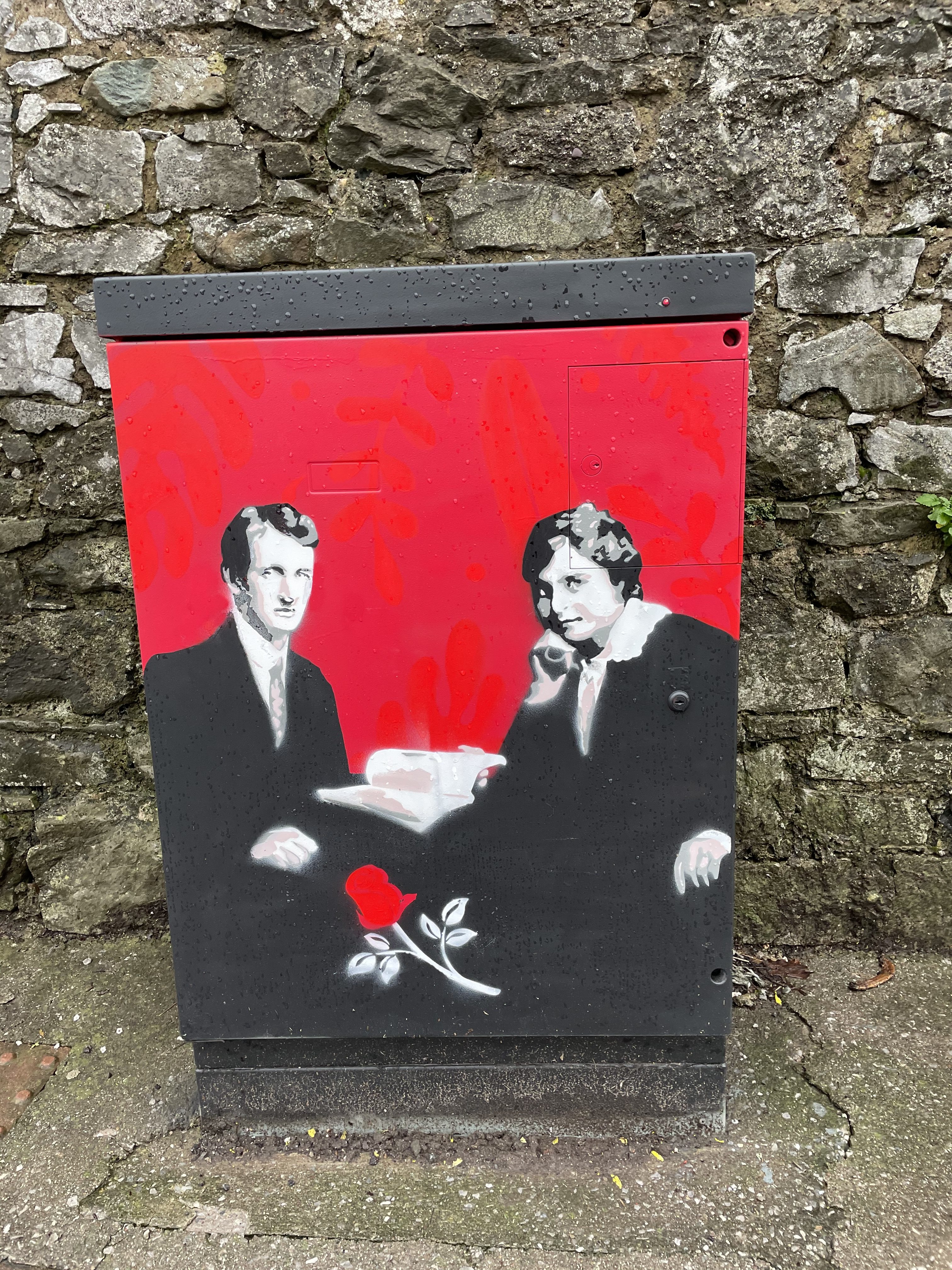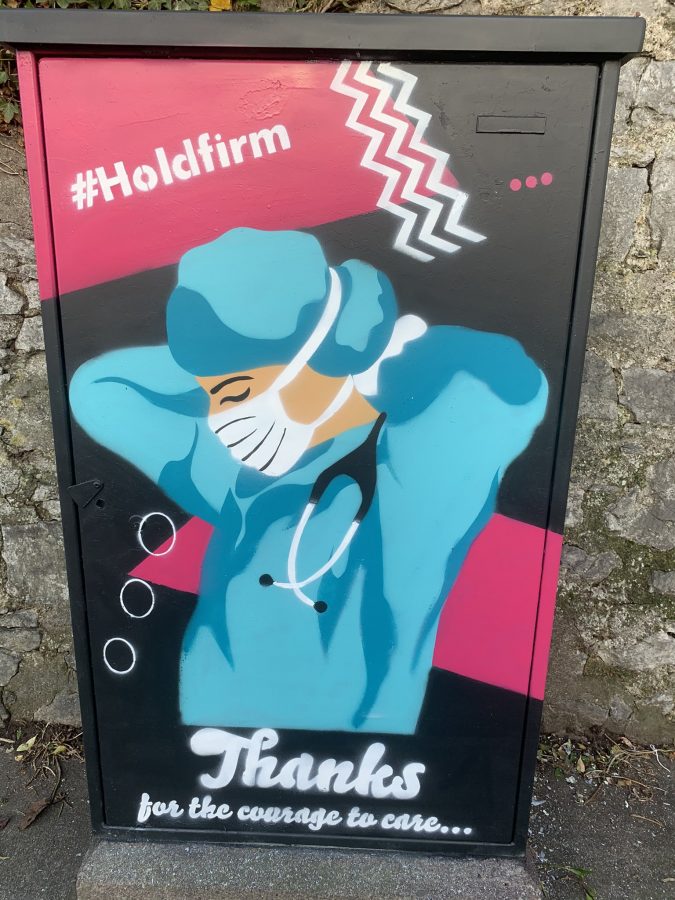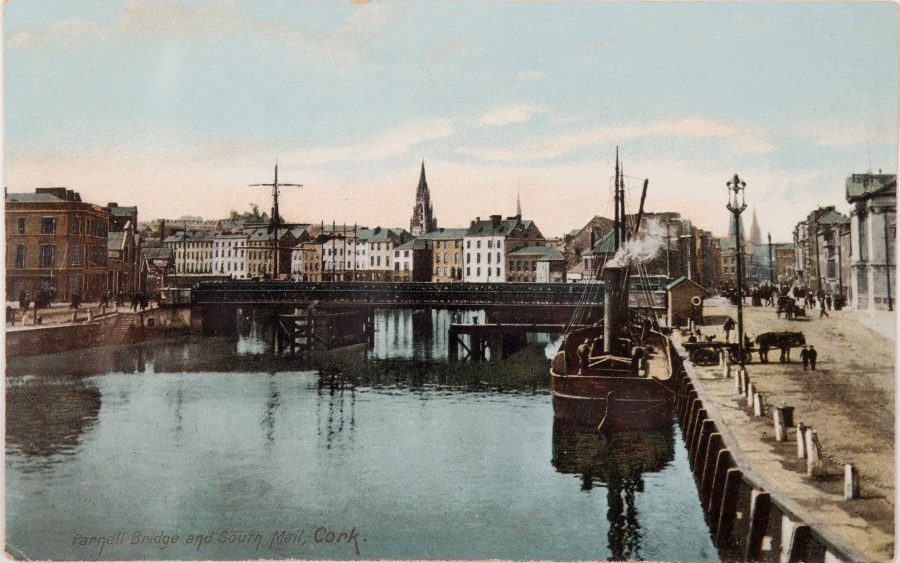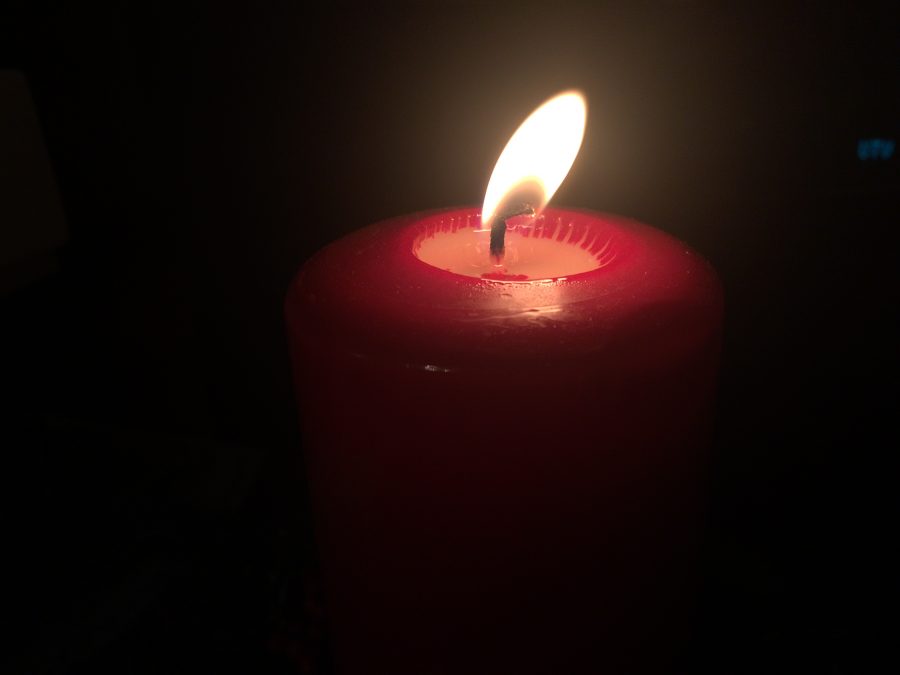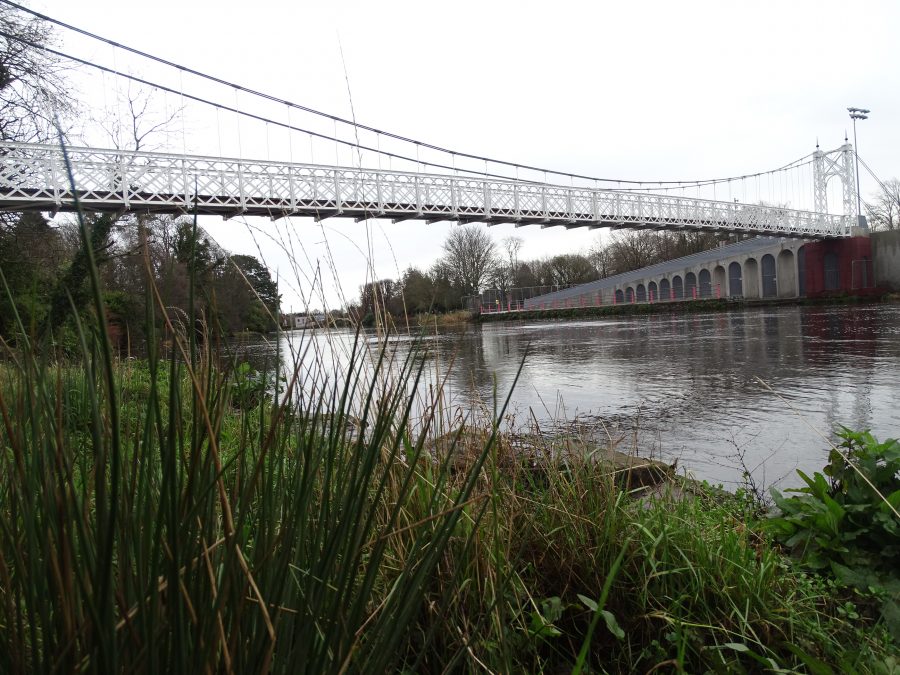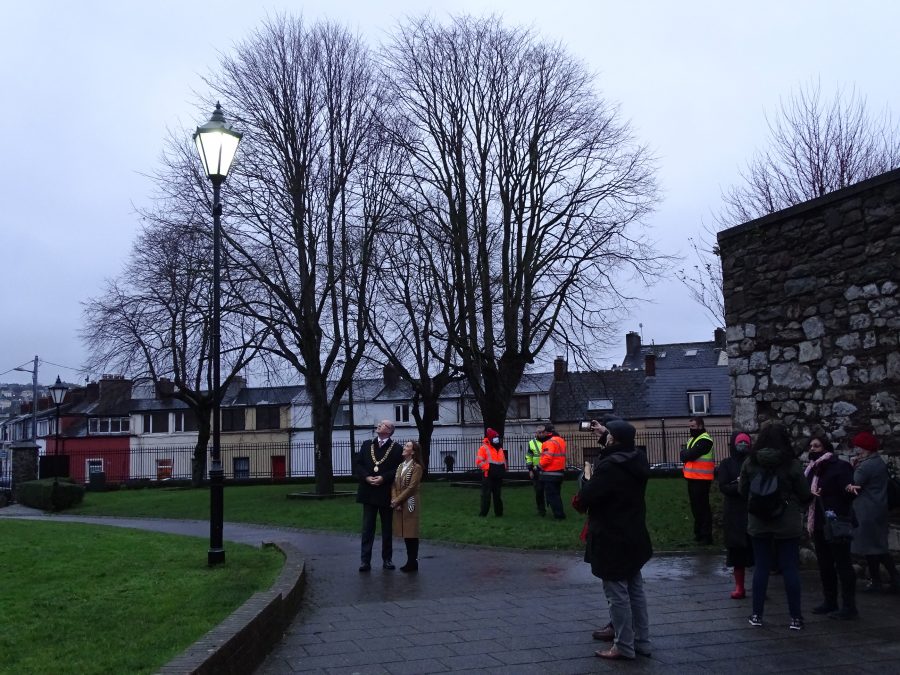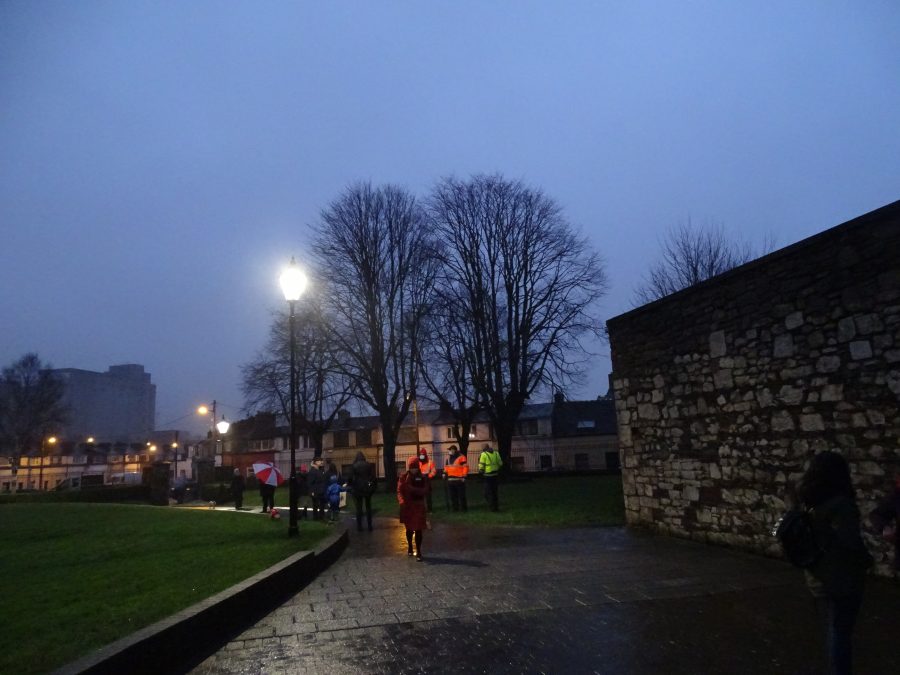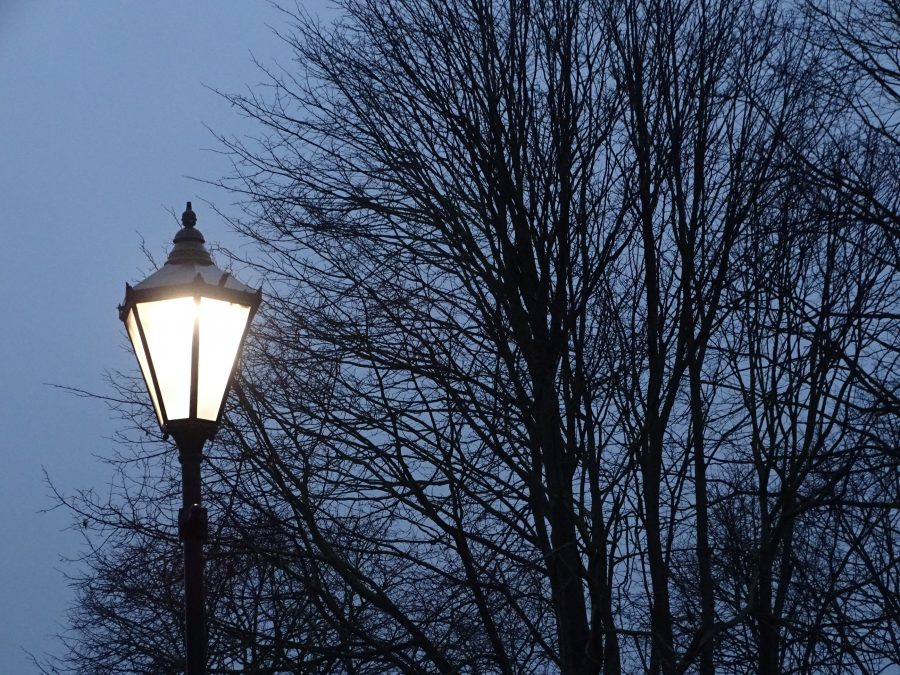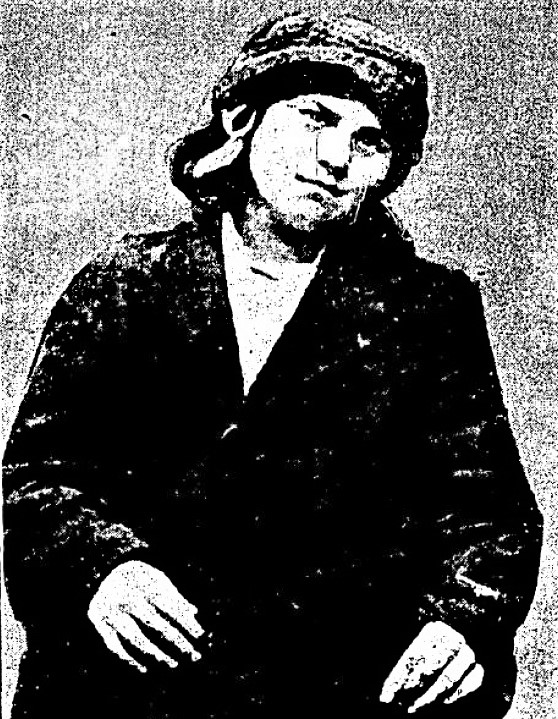
Kieran’s Our City, Our Town Article,
Cork Independent, 28 January 2021
Journeys to a Truce: Clogheen and the tale of Mary Bowles
P J Murphy, Company Commander with Fianna Éireann, in his witness statement for the Bureau of Military History (WS869) recalls that in January 1921 owing to the activity of police and Black and Tans, a number of C-Company of Cork IRA Brigade No.1 could not sleep at home. They were accommodated in the former Cork Lunatic Asylum on the Lee Road. The place was raided several times. A number of arrests were made, including one named Tadhg Barry who was later shot dead on 15 November 1921 by a sentry in Ballykinlar Camp).
P J Murphy’s hideouts with others comprised a number of friendly houses and barns in the Clogheen district (three miles from Blarney). There they made sure that they had sentries posted throughout the night. Flying Columns were now being organised and all necessary arrangements were being made to make sure arms and equipment were protected and in serviceable order. A number of visits had been made by C-Company members to their arms dumps. However, they also had also to contend with informers, who led crown forces to Clogheen.
On 13 January 1921, P J Murphy recalls that the C-Company party included Liam Deasy, Dan Donovan (Sandow), Tom Crofts, Pa Murray, J Dennehy, Mick Bowles, Paddy Connors, Tom Dennehy, Dan Murphy, Mick O’Sullivan, Dan Crowley, Jeremiah Mullane and Jeremiah Deasy.
P J Murphy did the last sentinel duty from 5am to 7am. When they moved out in the morning – some of them to the city to their jobs – P J remained behind with Mick Bowles and Paddy Connors and brought the guns and grenades up to the family home of the Bowles family nearby. At this time, they had the Lewis gun, which was used in the Parnell Bridge Ambush in early January 1921 and had brought it out to show it to Liam Deasy and some of the Brigade officers. They were proud of its possession.
P J Murphy describes that about 11am the place was surrounded by military and Black and Tans. The few of P J’s comrades who remained behind were in a nearby house having a cup of tea when they heard strange voices in the adjoining fields. They picked up their equipment and made their escape. The Lewis gun was lying near a fence covered with a ground sheet. Sixteen-year old Mary Bowles tried to get the gun to a place of safety. She was spotted by the Tans and arrested. Over the ensuing 24 hours, a great deal of the arms equipment, including the Lewis gun, was captured. The arms dump was discovered complete with rifles, revolvers, ammunition, gelignite, gas masks, periscopes, megaphones, and German automatics. Mary was arrested with four men and brought to the Bridewell in the city.
Shandon History Group’s book Ordinary Women in Extraordinary Times records that at the Bridewell Mary Bowles was found to be wearing under her blouse steel body armour strapped to her shoulders and fastened at the sides. She was also in possession of a service revolver and an automatic pistol, both loaded in every chamber. Senior Cork Cumann na mBan members such as Sorcha Duggan, May Conlon and Lil Conlon approached Bishop Cohalan requesting his intervention in seeking her release but were not successful. Mary was moved to the Women’s Prison in Sunday’s Well. On 25 February 1921, she was sentenced to Roman Catholic Reformatory School. Shandon History Group have suggested that the Good Shepherd Convent may have been her detention school.
Meanwhile the capture of the arms led the Black and Tans to become more frequent visitors to the Clogheen area, with the result that C-Company members had to go further afield for sleeping quarters. P J Murphy details that they moved to the Carrignavar area where Company Officers Jerry Dennehy, Mick Bowles, Seán MacSwiney (Terence’s brother) and five or six more were arrested one night in a local house. They were captured with arms and each were sentenced varying from 10 to 15 years imprisonment. The guns were not actually captured in their possession. They were found in another part of the house.
P J Murphy highlights that curfew in Cork City in early 1921 was from 5pm to 3am on Saturdays and Sundays. Martial law was enforced and anyone caught with arms was executed. The military patrolled the streets during curfew hours, and when they withdrew the Black and Tans came out and carried on with their wholesale murders, burnings, and lootings. These activities had a discouraging effect on some of the Volunteers. They feared repercussions on their families and returned their arms to the Unit Quarter Master. P J Murphy describes: “Physically those sleeping out were in a bad way. Scabies was rampant and those who returned home infected their families. Many others contracted TB. People who were friendly to us became afraid that they would be caught harbouring the IRA. No place was safe for more than a few nights”.
As the British campaign intensified it was met by increased activity by the Volunteers. Trees were felled, trenches dug across the roads, bridges blown up and everything done to hamper their communication.
Captions:
1084a. Picture of Mary Bowles from non-recorded photographer, January 1921 (source: Cork Examiner).
1084b. Commemorative plaque in Clogheen, Cork to Mary Bowles, present day (picture: Kieran McCarthy).
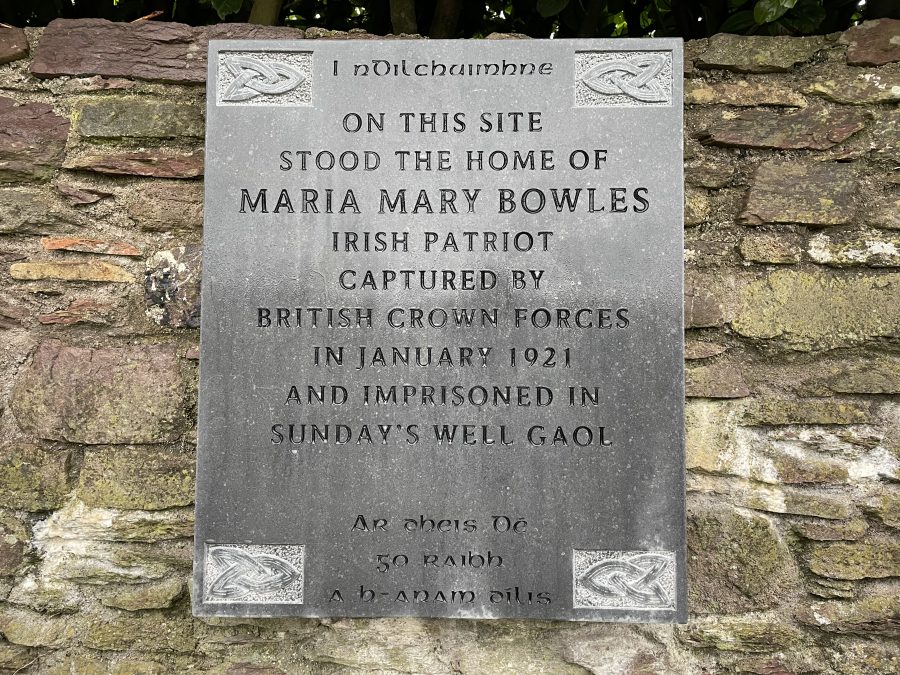
1084b. Commemorative plaque in Clogheen, Cork to Mary Bowles, present day (picture: Kieran McCarthy).
